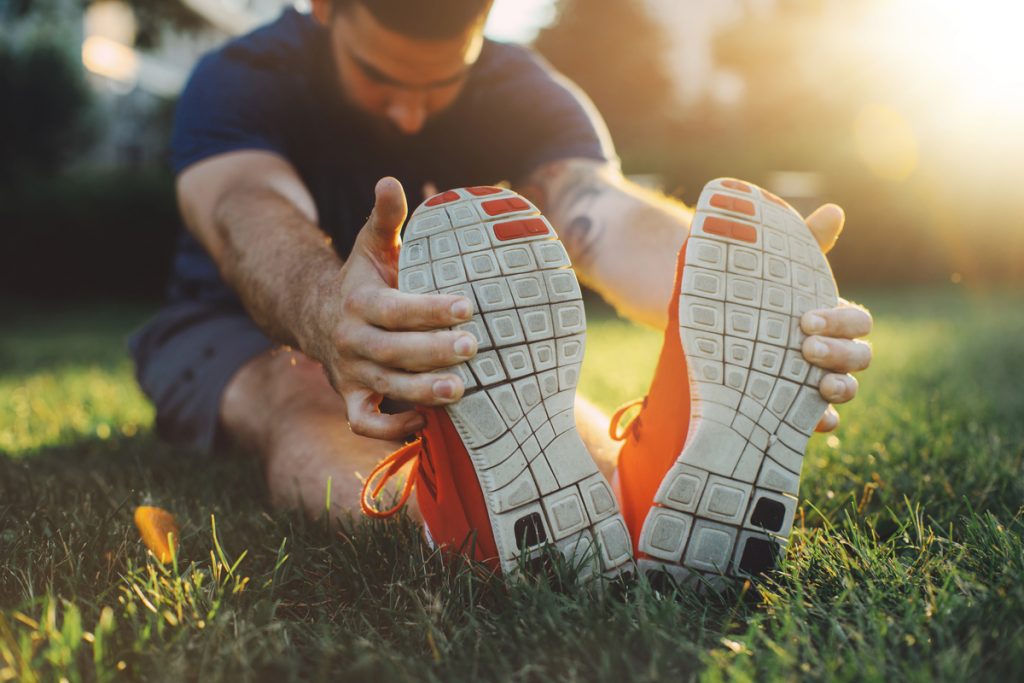
Performed correctly, stretching exercises can help improve range of motion and prevent injuries. They can also help you heal from surgery and improve physical function. There are many physical benefits that come from stretching exercises. Most people understand this on some level, but few actually put it into practice unless directed to do so by a medical professional. Learning about different types of stretches and understanding how they affect the body is the key to reaping the rewards of your commitment.
Types of Stretches
There are two different types of stretches, and both offer their own unique benefits. Static stretching is what most people are familiar with. It involves extending a joint or part of the body and holding it without movement. Static stretches are typically held for 10 seconds or more and usually a little longer. They are more like the stretches you probably did in gym class as a youngster concentrating on a single muscle group before moving on to the next. These are deep, slow stretches that should be performed after warming up the body.
Dynamic stretching is performed through movement to improve range of motion. These types of stretches are often used to loosen up muscles and joints with slow controlled action that works several muscle groups. Many dynamic stretches are functional to help mimic certain activities through progressive repetition. Since these aren’t deep focused stretches, they can safely be performed before warming up. However, they are often used prior to strenuous activity.
Tips for Proper Stretching
Keep in mind that you should always consult a medical professional before trying new stretches or deciding to make stretching a part of your regular routine. Once you’ve taken that step, use these tips to stretch safely and effectively.
First, be sure to stretch in a slow methodical movement. You’ll want to avoid jerking or bouncing that can cause injury. You may feel mild discomfort, but you shouldn’t feel pain when stretching. Second, you want to be consistent. The benefits of regular stretching can be lost through inconsistency, just like exercise. If your physician or physical therapist recommends stretching three times weekly, it’s best to stick to that routine. Last, you’ll want to strive for balance. Achieving equal flexibility on both sides of your body is a worthy goal because it helps prevent injury.
Combined with Orthotics
While it’s common to stretch prior to exercise, stretching can also help your body heal from trauma. It’s often used to reduce pain, prevent injury and improve movement. Orthotics can be combined with stretching exercises to restore physical function and improve performance. Firstcare Orthopaedics Inc. specializes in providing custom and off the shelf orthotics to help patients return to their most productive and meaningful lives possible. We even provide in-home appointments for those who need custom orthopedic braces. Contact us today to see how we can help you live your best life.



